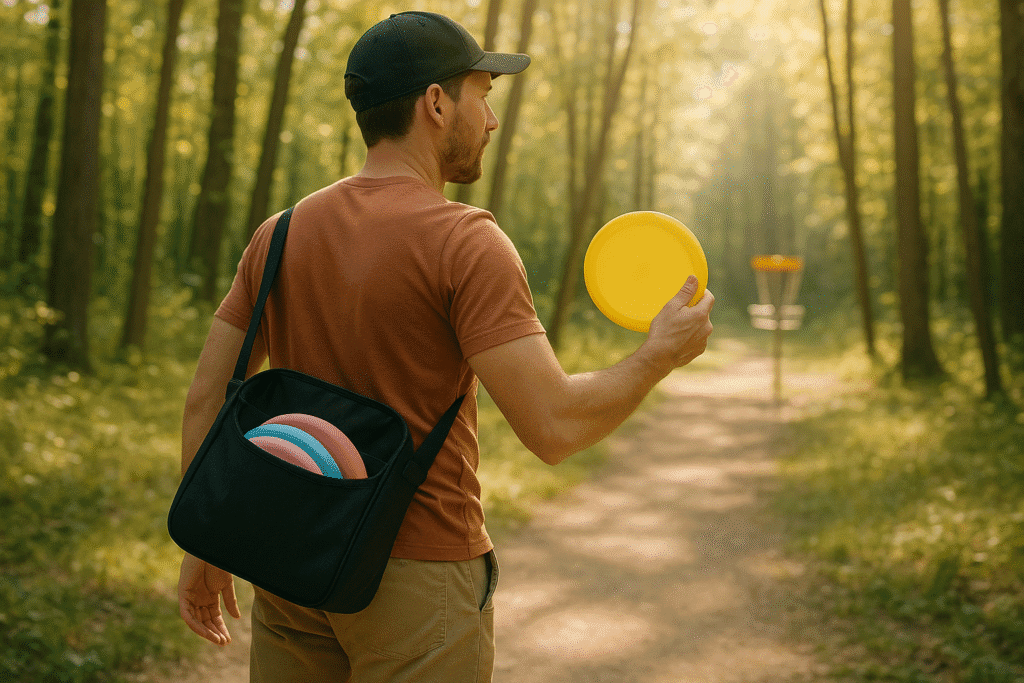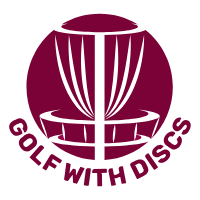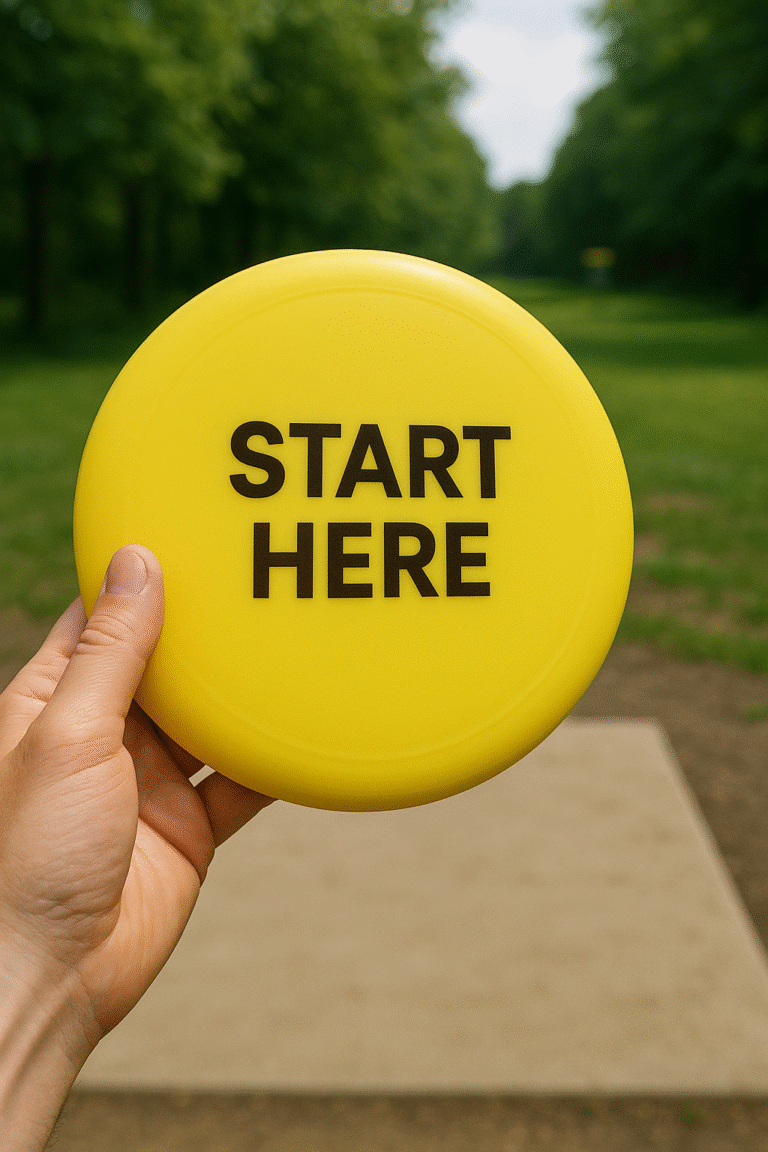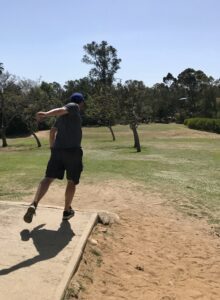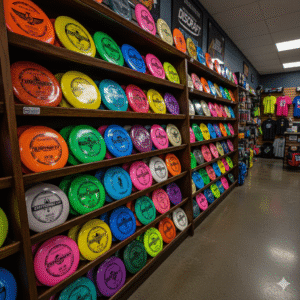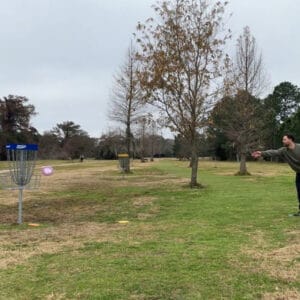Why Everyone’s Disc Advice Is Making You Worse
If you’ve ever typed best disc golf discs for beginner into a search bar, I can guarantee you’ve been misled. Not deliberately, mind you. Just…unhelpfully. Your friends, forums, and favorite influencers have good intentions — they just don’t have your arm, your throw, or your consistency.
Most advice is recycled. You’re probably throwing plastic better suited to a semi-pro. Let’s ignore the hive mind and figure out what actually works for you.
This isn’t a “starter pack” list. It’s a behavioral reset.
What Happens When You Throw Someone Else’s Disc
Beginner disc golf tips rarely mention how much disc mismatch can mess with your throw. There’s a delightful behavioural bias called social proof. If enough people are doing it, we assume it must be correct. It’s why toddlers copy other toddlers, and why we instinctively order what the person before us got at Subway.
In disc golf, this means you end up with a high-speed, overstable driver because it was “recommended by everyone” — even though your current throwing form resembles a startled octopus on roller skates.
Here’s the pro paradox: Professional players throw discs that require speed, spin, and accuracy you simply don’t have yet. Using them as a beginner is like learning to drive in a sports car — fun until you hit the first corner.
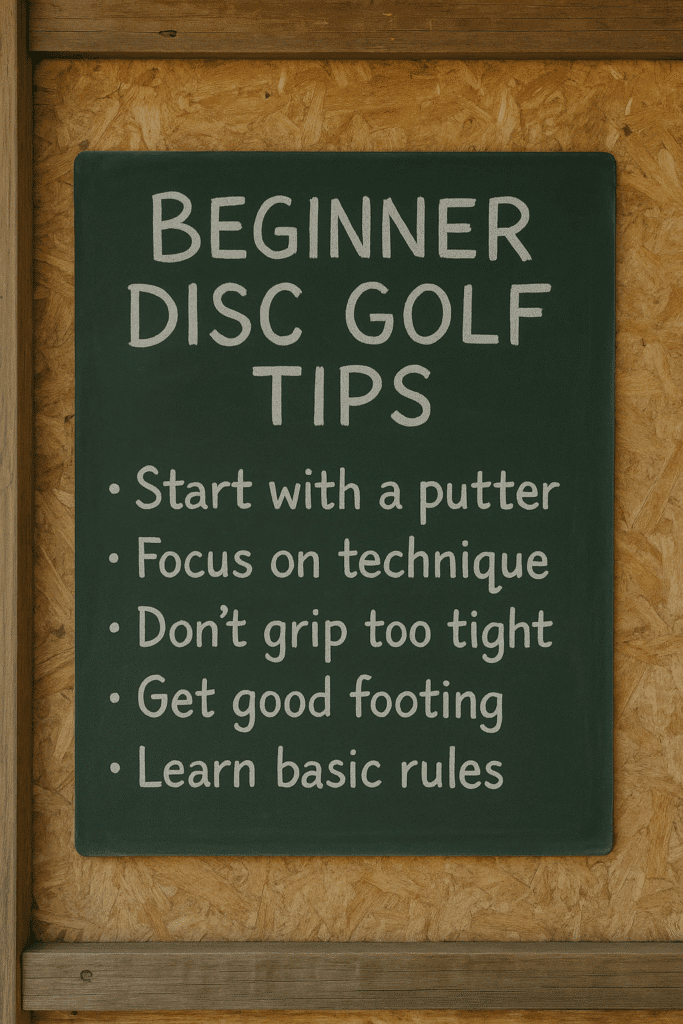
Why Popular Discs Often Fail Beginner Players
Your first disc sticks in your mind — usually picked up at random or gifted by a well-meaning buddy — becomes your reference point. Every future disc gets judged by how it compares to that one.
Even if it’s wildly wrong for you.
You start adjusting your throw to fit the disc — instead of picking a disc that suits your current mechanics. It’s the disc golf equivalent of choosing shoes based on how they look and then learning to walk with a limp.
How Flight Numbers Mislead Beginner Disc Golf Players
Beginners looking for disc golf disc recommendations often fixate on speed ratings without realising they’re meant for advanced throws.
The disc golf flight numbers printed on a disc — speed, glide, turn, fade — seem scientific. They lure you in with the false promise of precision. But here’s the catch: they only reflect what the disc does when thrown perfectly.
Not when thrown 160 ft (50m) with a wobbly release and a death grip.
It’s a bit like buying shampoo based on the volume and shine you saw in the advert, forgetting they filmed it on a model who hasn’t eaten carbs since 2012.
If your disc always fades early, crashes hard, or veers off immediately — it’s not because you’re hopeless. It’s because the disc is designed for something you haven’t built yet.
What Beginner Disc Golf Players Should Actually Look For
So what should beginner discs do? Three things:
- Fly straight at low speed
- Forgive minor errors
- Feel trustworthy in hand
And they should do those things consistently — not once in twenty throws.
Let’s rethink what best really means when it comes to discs for new players:
- Putter you can trust from 50 ft (15m)
- Midrange that flies the way you release it
- Fairway driver that glides, not dives
Think of your beginner bag like a Swiss Army knife — not a samurai sword collection.
Best Beginner Disc Golf Trio to Build Confidence
This set is based on real feedback from players who found success with beginner disc golf sets designed for lower arm speeds and better feel.
Putter: Axiom Proxy
- Straight, easy to release, forgiving on poor spin
- ~$14 / €13 / £11
- Use it from inside 100 ft (30m) and for smooth approaches
Midrange: Discraft Buzzz
- Still stable, but reliable for building consistency
- ~$18 / €17 / £15
- Great for tee shots under 200 ft (60m)
Fairway Driver: Latitude 64 Diamond (lightweight version)
- Ideal for slower arms, lots of glide, low fade
- ~$17 / €16 / £14
- Excellent choice for controlled throws under 250 ft (75m)
Tip: You can often find these used or in base plastic versions for $9–12 (€8–11 / £7–9) each.
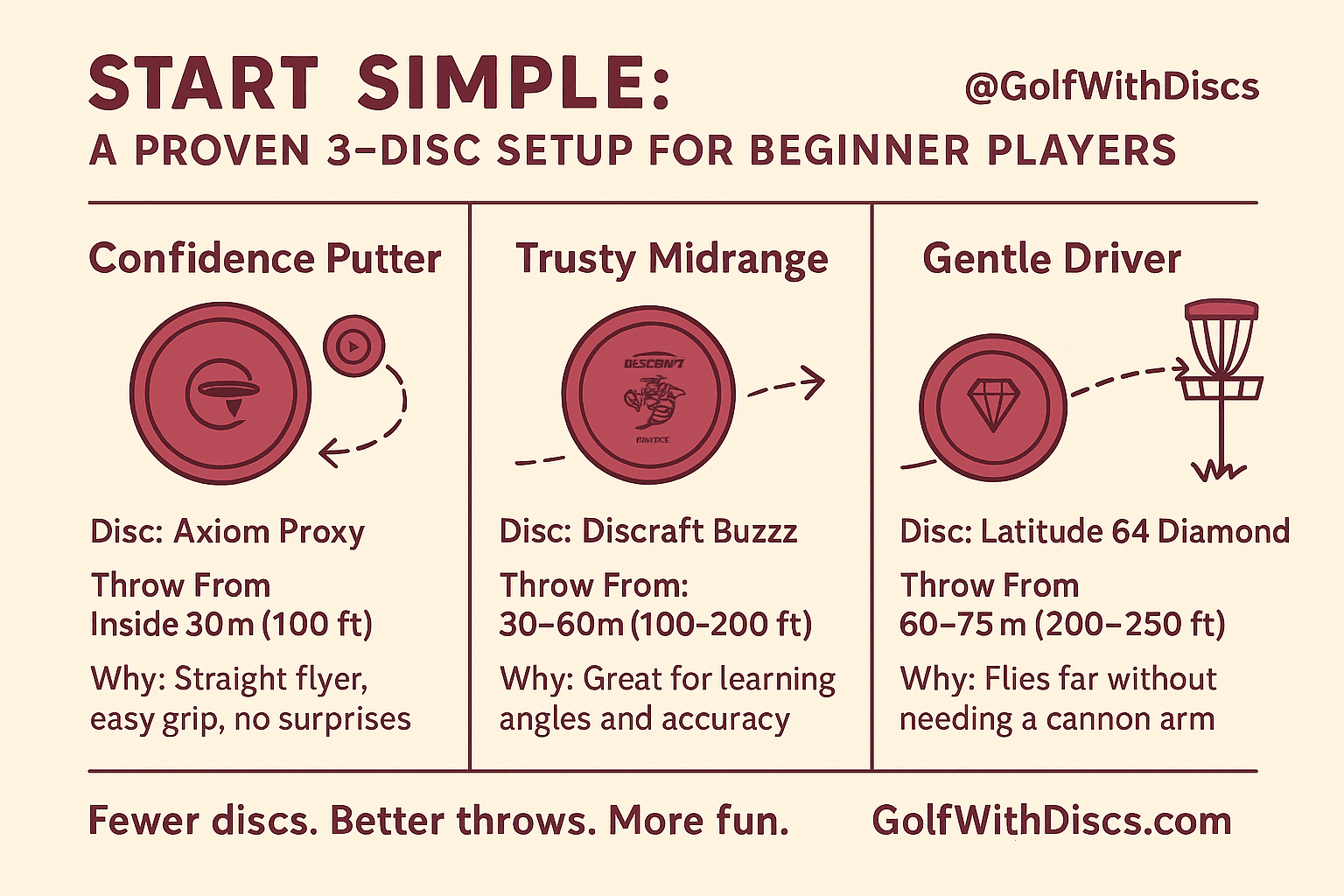
How Beginner Players Can Test Discs for Real-World Results
- Pick one disc type at a time
- Throw it in a field — 10 times from the same spot
- Watch for patterns, not perfection
- Track confidence, not distance
You’re looking for what gives you consistent throws — not highlight reels. A disc that goes 200 ft (60m) straight five times out of ten is better than one that goes 270 ft (82m) once and shanks every other throw.
What No One Tells You About “Beginner Sets”
Most beginner disc sets include at least one high-speed driver. This is one of the biggest beginner disc golf mistakes. You wouldn’t hand a Formula 1 car to someone learning how to parallel park. Yet somehow, beginners get gifted 13-speed drivers that drop like bricks or fade like a curling stone.
Brands should stop this. Instead, offer:
- Discs with lower speed and neutral turn
- Starter kits sorted by arm speed, not marketing tier
- A quiz that filters based on throw distance and form
In fact, I’ve just described your next lead magnet. You’re welcome.
Beginner Disc Golf Success Stories That Prove It Works
- Emily threw a Destroyer until her boyfriend swapped it for a Leopard. She now plays weekly — and smiles when she throws.
- Jared used beat-up putters in a field for two months. He didn’t just improve — he became the “straight throw guy” at his local course.
- Tom played with one Proxy for three months. Now he hits lines players with full bags can’t replicate.
All of them had one thing in common: they ignored the hype and listened to their own results.
Conclusion
So what’s the actual best disc golf disc for a beginner?
Simple: the one you throw well, not the one that looks good on Instagram.
Start by clearing the influencer baggage from your bag. Test smart. Throw often. Build trust with your plastic — not just because others told you to, but because you saw it work.
So if you’re still searching for the best disc golf discs for beginner players, here’s the bottom line: pick what gives you results — not what’s trending.
Disc golf isn’t about throwing what’s popular.
It’s about throwing what gives you joy.
Beginner Disc Golf FAQs About Choosing the Best Discs
The Axiom Proxy is a top choice due to its straight flight and clean release—perfect for learning touch and technique.
Yes. High-speed drivers (speed 10+) require advanced technique. Start with discs rated speed 6 or lower.
Understable discs tend to turn right (for right-handed backhand throws) and are easier for beginners to throw straight.
Absolutely. Many beginners improve faster using a single neutral putter, like the Proxy or Warden, for all throws.
Beginner throws typically range from 150–250 ft (45–75m). Focus on control and consistency, not distance.
